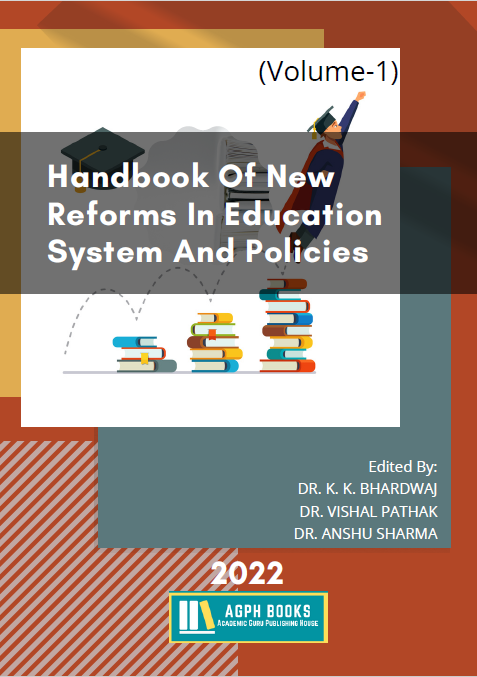A Study on Teachers and E - Learning Environment
Keywords:
Virtual Classrooms, Learning Environment, Teacher and Education InstitutionsAbstract
It was a worldwide epidemic caused by the emergence of the coronavirus, which has affected almost every industry. This includes the academic world, which comprises of millions of registered students and active professors who formerly attended regular courses in their respective institutions but were forced to remain at home as a result of the epidemic. The majority of nations, including India, have embraced the concept of virtual classrooms and learning environments in an effort to maintain their educational systems. Electronic gadgets, which are relatively new to the teaching learning community, are used to facilitate both teaching and learning in this method. As with a human instructor, an online teacher provides the same quality of instruction. For a variety of reasons, online instructors may replace traditional classes. A growing number of issues are being faced by education institutions and instructors alike. To meet the growing need for high level skills in today's knowledge based economy, several nations are attempting to transition conventional education methods, which have been successful at separating the academically bright from the less so, into customised learning systems that can recognise and nurture the abilities of all students. School leaders and teachers will have to work together to create knowledge rich and evidence based education systems in which they are empowered to act wisely, have the necessary information at their fingertips and can rely on effective support systems as they implement new policies and practises. In conclusion, the level of knowledge retained after completing either a course in a conventional classroom setting or in an online Learning environment is equivalent.
References
[1] Coman, C., Țîru, L. G., Meseșan-Schmitz, L., Stanciu, C., & Bularca, M. C. (2020). Online teaching and learning in higher education during the coronavirus pandemic: Students' perspective. Sustainability (Switzerland), 12(24), 1-22. https://doi.org/10.3390/su122410367
[2] Kanojiya, A. R. (2020). The Impact of Online Learning environment during Covid-19 Pandemic: Students Perspective Maharashtra, India. International Journal for Research in Applied Science and Engineering Technology, 8(11), 686-690. https://doi.org/10.22214/ijraset.2020.32277
[3] Singh, G. (2016). Challenges for Teachers in the Era of E-learning in India. Scholedge International Journal of Multidisciplinary & Allied Studies ISSN 2394-336X, 3(2), 14. https://doi.org/10.19085/journal.sijmas030201




